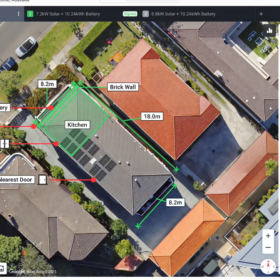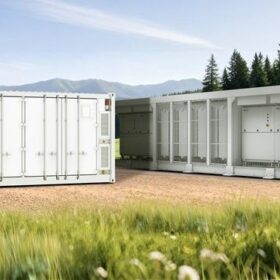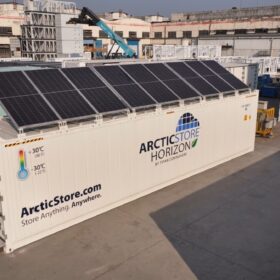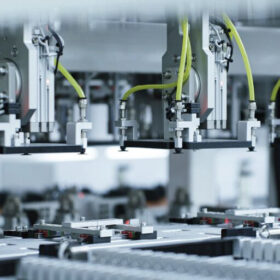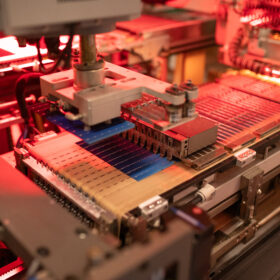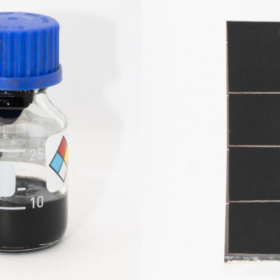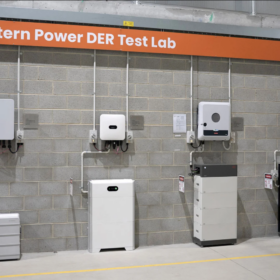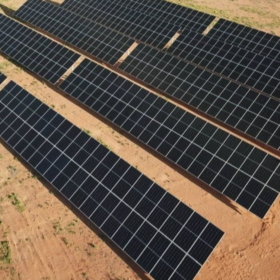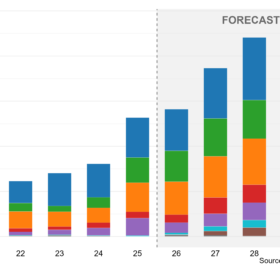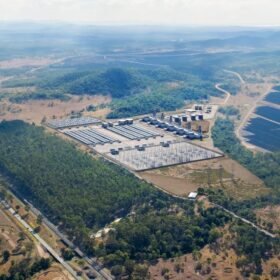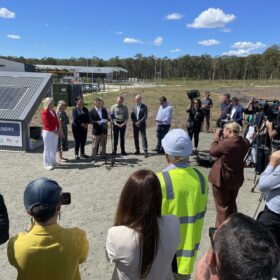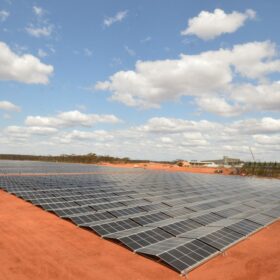GreenSketch AI 3.0 fast tracks solar and battery install design and business
Australian solar distributor OSW Group has enhanced its free solar, battery design and installation business tool, GreenSketch version 3.0 with new AI-powered features, that simplify and accelerate workflows.
Japan launches call for road-surface solar technologies
Japan’s Ministry of Land, Infrastructure, Transport and Tourism has started accepting submissions for new road-surface PV technologies, with field verification planned in pedestrian areas at roadside stations to test performance and electricity use ahead of societal implementation.
Panasonic glass-based perovskite solar panels tested in office windows
Japanese electronics manufacturer Panasonic is testing its glass-based perovskite solar PV technology in office windows made by YKK AP, a construction and building materials company.
Trina Storage launches AC-coupled battery for utility-scale applications
Offered primarily as a 10 MW unit, the new product is also available in a 5.5 MW version for customers with specific requirements.
Built-in solar helps cut cold storage power usage
Titan Containers has unveiled a new cold storage solution featuring built-in solar panels and improved insulation technology, helping to reduce energy use by 55% compared to conventional refrigerated containers.
JinkoSolar achieves 34.76% efficiency for perovskite-silicon tandem solar cell
JinkoSolar says it has increased the efficiency rating for its perovskite-silicon tandem solar cells from 34.22% to 34.76%, confirmed by China’s National PV Metric and Testing Centre.
Tindo’s road ahead paved with funds, challenges and future-proofed growth
pv magazine spoke with Australian solar panel manufacturer Tindo Chief Executive Officer Richard Petterson about the company’s future expansion on the back of Solar Sunshot funding, and how it plans to tackle current market and manufacturing challenges to stay on course for future growth.
JinkoSolar achieves world record efficiency of 27.79% for TOPCon solar cell
The Chinese manufacturer says Germany’s Institute for Solar Energy Research Hamelin (ISFH) has independently verified the result.
First Graphene and Halocell seal deal on graphene-based carbon paste
Graphene producer First Graphene has secured exclusive global graphene carbon paste production and sales rights with perovskite cell developer and manufacturer Halocell Australia.
Distributed energy resources test lab opens in Western Australia
Western Power has launched Western Australia’s first distributed energy resources text lab at it’s South Metro Depot to trial how rooftop solar, batteries, electric vehicles and smart appliances can connect, communicate and interact.
